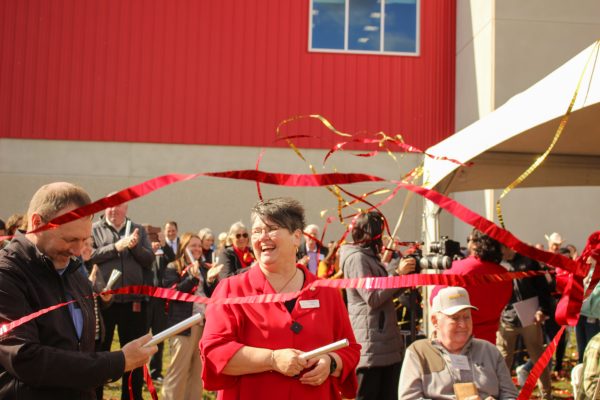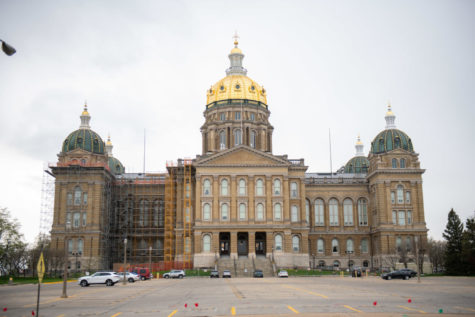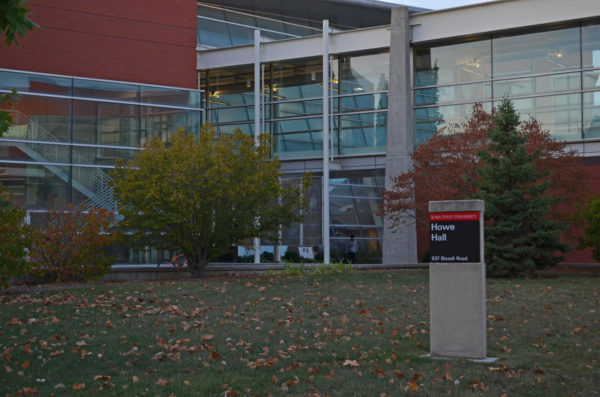Iowa panel recommends disaster recovery steps
November 17, 2008
DES MOINES (AP) — A state disaster recovery panel called Monday for help in rebuilding homes and businesses, creation of a new disaster fund and greater power to local government to raise money.
In its final report, the Rebuild Iowa Commission also called for strengthening emergency management agencies and developing a comprehensive watershed management program.
“We cannot rest until we learn the lessons of this disaster,” said Maj. Gen. Ron Dardis, adjutant general of the Iowa National Guard and head of the group.
The commission was created in response to flooding and other severe weather that hit Iowa this spring and summer.
Gov. Chet Culver said he would review the report and consult with lawmakers to craft a legislative package.
The report didn’t include cost estimates.
“I have no idea on a dollar figure,” Dardis said.
Culver noted that more than $100 million in state money has already been spent and more will be needed. He said the state’s share will depend largely on how much money Congress provides.
“Much of that will be contingent on at what level the feds help us,” Culver said.
Culver said flooding and tornadoes have caused about $900 million in housing damage.
The panel urged the state to create a “statewide disaster contingency fund” that could be tapped quickly in cases of natural disasters. That would be similar to an emergency fund that is available when economic downturns slow state tax collections.
In addition, the panel’s recommendations call for local governments to get broad new power to raise money on their own. That would include lifting a cap on how much local governments could borrow, and easing such a move by allowing a simple majority of voters to approve bond issues in disaster stricken areas. A 60 percent super-majority is now required.
In its recommendations designed to spur housing development, the commission called for direct subsidies as well as tax incentives for building affordable housing.
The state also should develop a new plan for housing developments in flood plains, the report said. That would be part of a larger plan to manage floodplains and watersheds in the state, including drawing a new flood map for the entire state.
The report suggests business incentives, including tax credits for rebuilding commercial properties, waiving sales tax collections for materials purchased to rebuild and repair commercial structures and spending more on job training programs for those who are displaced.
It also urged that businesses rebuild with energy efficient “green building” techniques. The same should hold true for new housing construction, the report said.
Culver said he would renew his call for Congress to approve a second economic stimulus package, this one focused on infrastructure issues like roads and bridges.
“We need a clear national vision for infrastructure,” the governor said.
There are at least 20 highway projects in the state that could be started in the spring, creating up to 6,000 jobs, the governor said.
Both Dardis and Culver said they would meet with key lawmakers to work on bills that could be considered when the Legislature convenes in January. Culver also said he might take steps on his own, without backing from legislators.
While Culver said emergency management officials reacted well to the severe weather last summer, he noted that the report calls for additional resources to strengthen those agencies.
The report called for formalizing the role of the newly created Rebuild Iowa Office, now headed by Lt. Gov. Patty Judge. The report also recommended that all state agencies coordinate outreach and recovery plans for victims of flooding and other natural disasters.
Flood recovery efforts will be among the first issues lawmakers face when they convene in January. Their task will be made more difficult by a state budget that some projections show could be $600 million short of meeting program requirements.
















